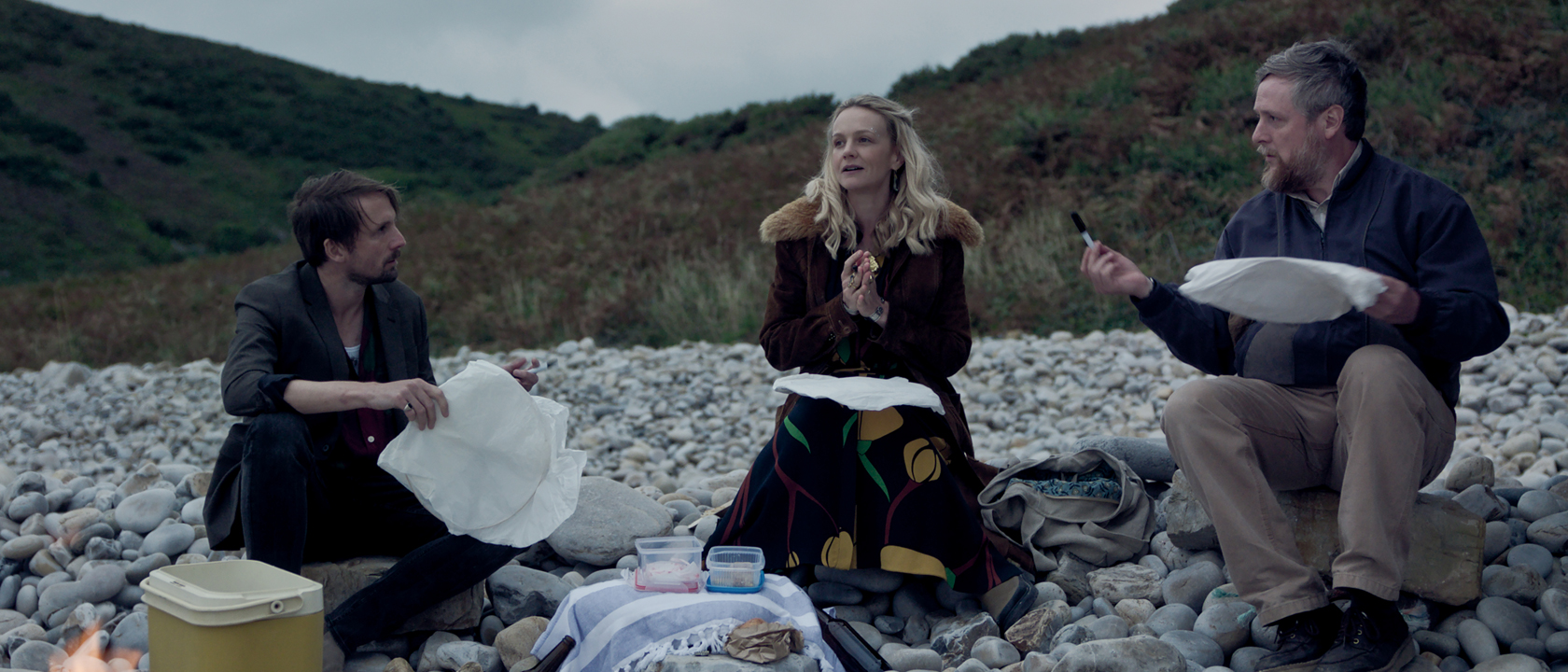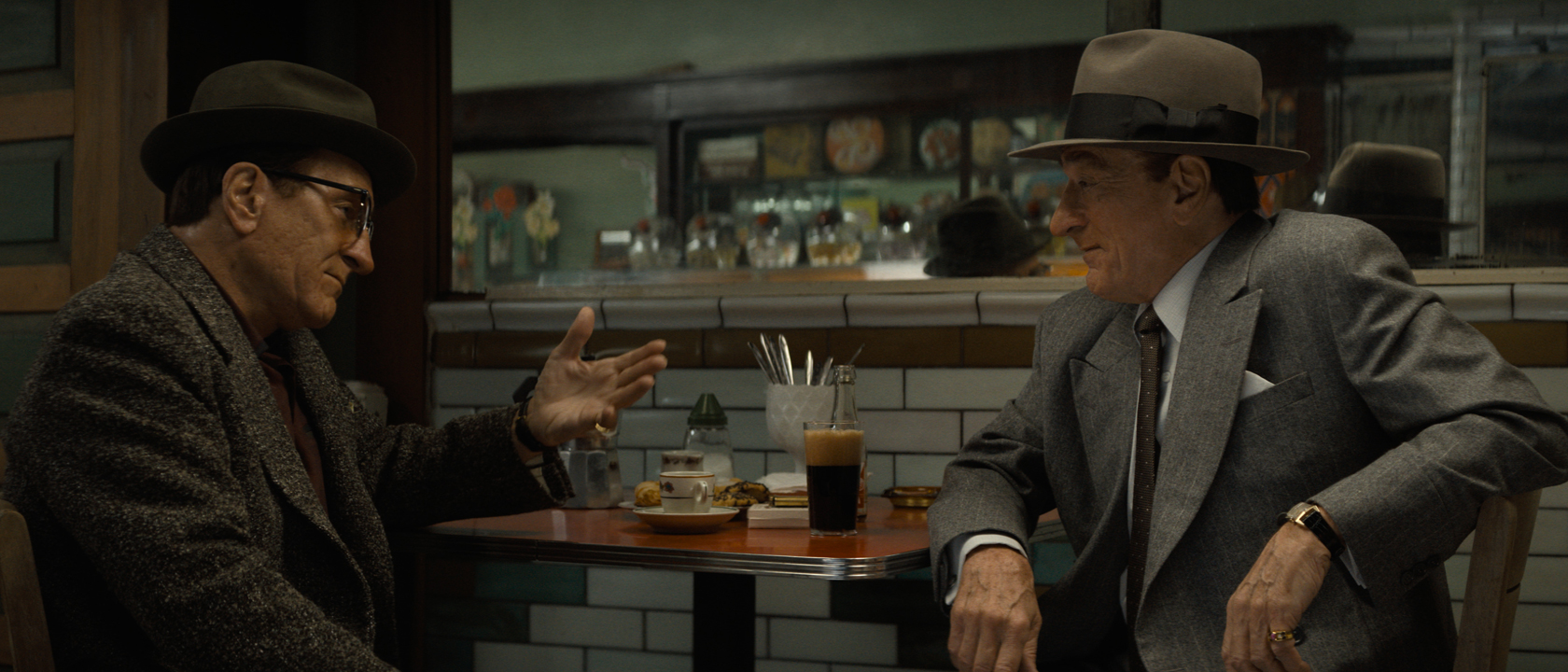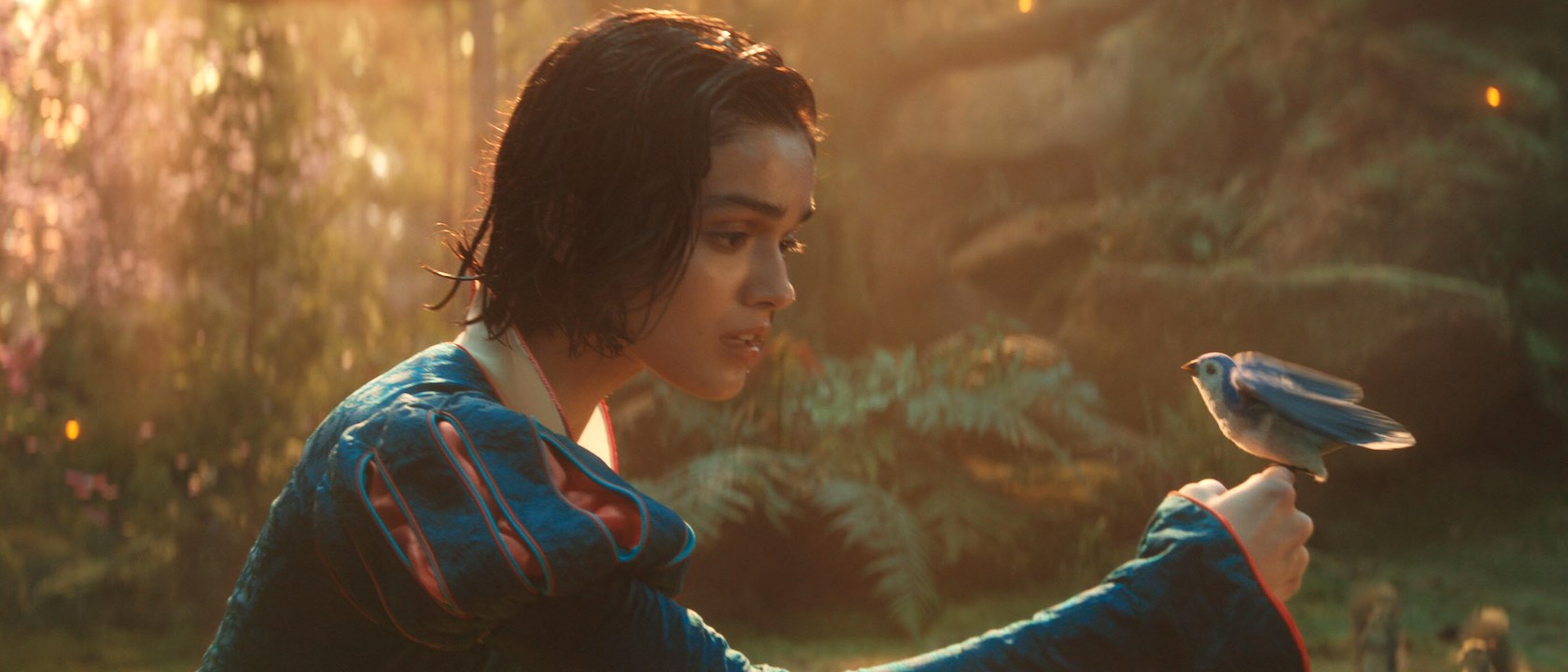In 2003 Pixar invited audiences to go on an epic journey with two of the most obnoxious fish in the sea. The studio’s risky choice of lead characters resonated with audiences and Finding Nemo became a beloved film on par with their previous mainstays Toy Story and Monsters Inc. Nearly ten years later, the film has been re-released in 3D for a theatrical run as well as a Blu-ray/DVD package challenging the audience to sink or swim with these characters, once again. Taking a cue from Disney’s Bambi, this story of parent and child does not shy away from the dark side of nature. The film begins with a scene in which a barracuda attacks a family of clown fish leaving only two survivors. The traumatized father, Marlin (Albert Brooks), and his son, Nemo, are all that remains of this loving family and it is immediately clear that their relationship is greatly defined by the fact that they only have each other. Marlin is affected by this trauma making him over protective of the same ocean he once saw so much future in and Nemo, merely a little red glob of caviar at the time of the attack, only sees a great world of wonder beyond the reef but is not so defiant as to balk against his father’s wishes. This all changes when a combination of peer pressure, angsty defiance, and a classic case of scuba diver fish collecting ends with Nemo netted in a bag and taken away from his father.
This is where the title comes in and Marlin has to find Nemo. On the way, he teams up with a short-term memory addled blue tang by the name of Dory, voiced by Ellen DeGeneres, and a whole school of fishfolk--turtles, birds, and whales--along the way. While they’re in the sea, Nemo is transported to a dentist’s aquarium where he meets a rag tag bunch of misfits calling to mind the favorite personalities of any nonviolent mental ward, although Nemo surprisingly doesn’t seem too upset about it.
Finding Nemo is the product of expert storytellers working in unison with the most skilled animators in the field. The numerous technical achievements within this film are the result of the animators needing to advance the artistry in order to tell this story as best they could, as opposed to using the project as an excuse to simply try out new techniques. It’s been nearly a decade since this film premiered, but the passion that the film’s team put into every moving strand of translucent anemone is still palpable. Thematically, the film takes an interesting line on parenthood and navigates the waters between over and under protective attitudes in a way that leaves the final opinion up to the audience without a heavy-handed message clumsily dropped right before the credits.
Parenting aside, Finding Nemo also looks at the perception of heroics. As the story advances, members of the sea society hear about Marlin and Dory’s adventure and start to tell and retell these tales to other fish and the like. The viewer thereby experiences these stories again and again through this lens of exciting gossip. Somehow hearing about a run in with the massive toothy shark is much more exciting than when we actually saw the beast in the first place. Personally, I think it’s a great commentary on how we all think our lives are mundane until we’re told about it from a third party. Only then do we have the perspective to realize that we often take for granted the inherently exciting nature of our lives. Either that or it’s a clever device to deliver information from the ocean to Nemo, who lives in a fishbowl.
Unfortunately, this acceptance of the fantastic also comes into play when father and son eventually reunite in a scene that is emotionally anticlimactic so that the film can quickly move on to a more conveniently action-packed sequence. The viewers are left--like Dory--to wonder if they somehow forgot what just happened.
The triumphs of this film outweigh the lows and that’s thanks to the collaborative efforts and care of the film’s major players, including directors Andrew Stanton and Lee Unkrich, writers Bob Peterson and David Reynolds, and producer Graham Walters, as well as so many others who achieved something remarkable with this film. While it is not my personal favorite, it is worth seeing if you haven’t already, and should be a solid own if you have children or roommates who would appreciate getting lost in the sea for a little bit of adventure. Exploring this set gives the viewer a sense of being at Pixar throughout the making of Finding Nemo. There is a wide variety of bonuses ranging from the well- produced “Making of Nemo” to a goofy studio tour from the point of view of the young actor who voiced the titular fish. Straying away from the expected are bonuses featuring the famous French explorer Jean-Michelle Cousteau and even an in-depth look at how Disneyland transformed the legendary Submarine Voyage attraction into a Finding Nemo-themed adventure.
Aided by a recently filmed roundtable of the filmmakers, as well as background cameos by Pixar heavies like Up director Pete Docter (wearing a sombrero), this set takes you behind the scenes like a welcome visitor. Instead of merely featuring a commentary track, Finding Nemo has “CineExplore,” a poorly titled but extremely well-crafted feature length discussion supplemented by concept art, CG Tests, and a slew of other visual elements that complement the topics of any particular scene.
Topping off this set is the curious addition of several “Aquariums” which are essentially screensavers of the film’s pretty locals backed by an ocean soundtrack. Other than the minor convenience grievance of a missing “Play All” option in the submenus this 3-disc Blu-ray/DVD combo set is a welcome addition to a filmmaker’s tackle box.
I'm Still Thinking About Warfare's Most Intense Scenes, But Joseph Quinn Says Filming It Bled Together
The Fantastic Four: First Steps Director Thankfully Didn't Rely Solely On Motion-Capture To Bring Galactus To Life, And I Couldn’t Be Happier With This Approach
Wait, Is Cate Blanchett Planning To Retire From Acting? Here’s What The Actress Says











